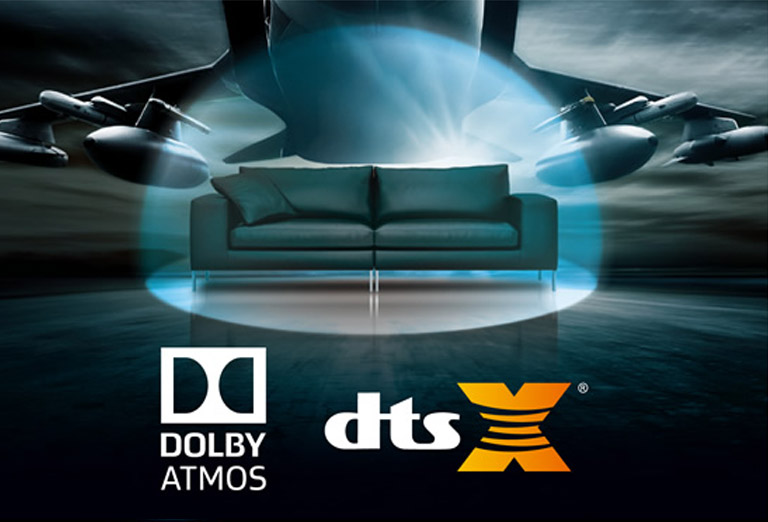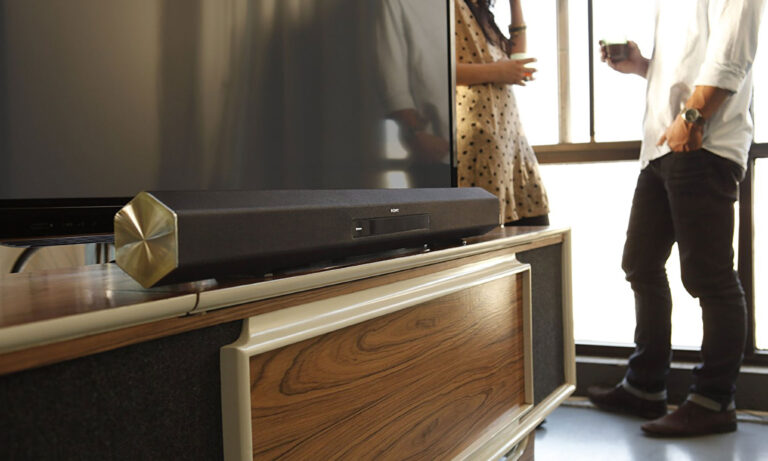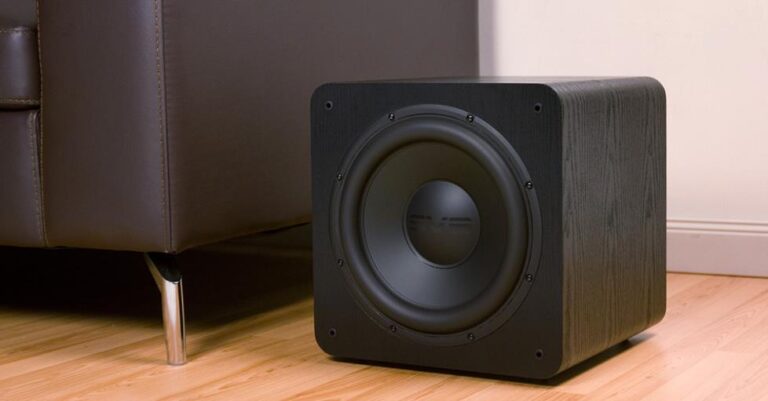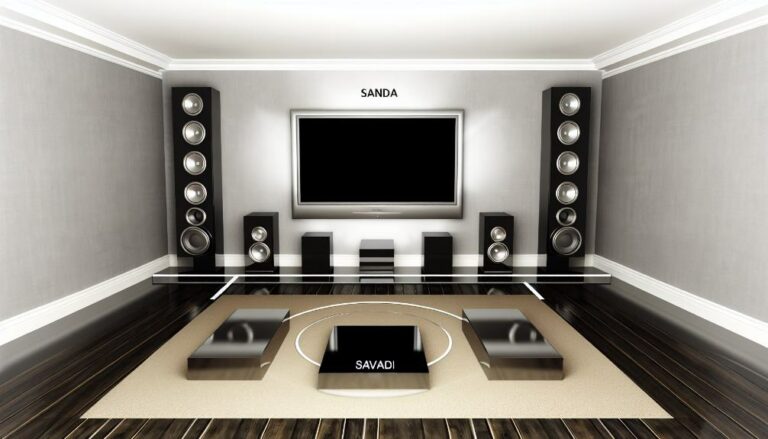Are you an entertainment junkie who craves the ultimate experience with every movie, TV show, or video game you watch? Then let me introduce you to the two biggest names in immersive audio: Dolby Atmos and DTS:X!
Gone are the days of traditional surround sound. These object-based audio formats have taken over and revolutionized how we enjoy our favorite media content. But what makes these formats special, and how do they actually work? I’ve got you covered!
In this article, let’s explore the fascinating world of surround sound together. We’ll delve into the nuances that make Dolby Atmos and DTS:X unique, and I’ll let you in on which one might be the perfect fit for your gaming or home theater setup.
Regardless of whether you’re a seasoned audiophile or just beginning your journey with entertainment systems, I guarantee you’ll discover something new and exciting. So come on, let me take you on a Sonic ride you’ll never forget!
Traditional Surround Sound vs. Object-Based Audio
Are you familiar with traditional surround sound, where audio is assigned to specific speakers? Now, imagine the sound that moves around you in a 3D space with object-based audio like Dolby Atmos and DTS:X! This way, you will get fully immersed in the soundstage experience. But, for that, precise speaker placement and audio calibration are a must.
Not just this, room acoustics play a significant role, too. With object-based audio, each sound is an object which can be placed anywhere in the room, giving you a more dynamic and realistic sound experience that genuinely surrounds you.
So, let’s make your movie-watching evenings even more captivating and fun with object-based audio technology!
How Dolby Atmos Works
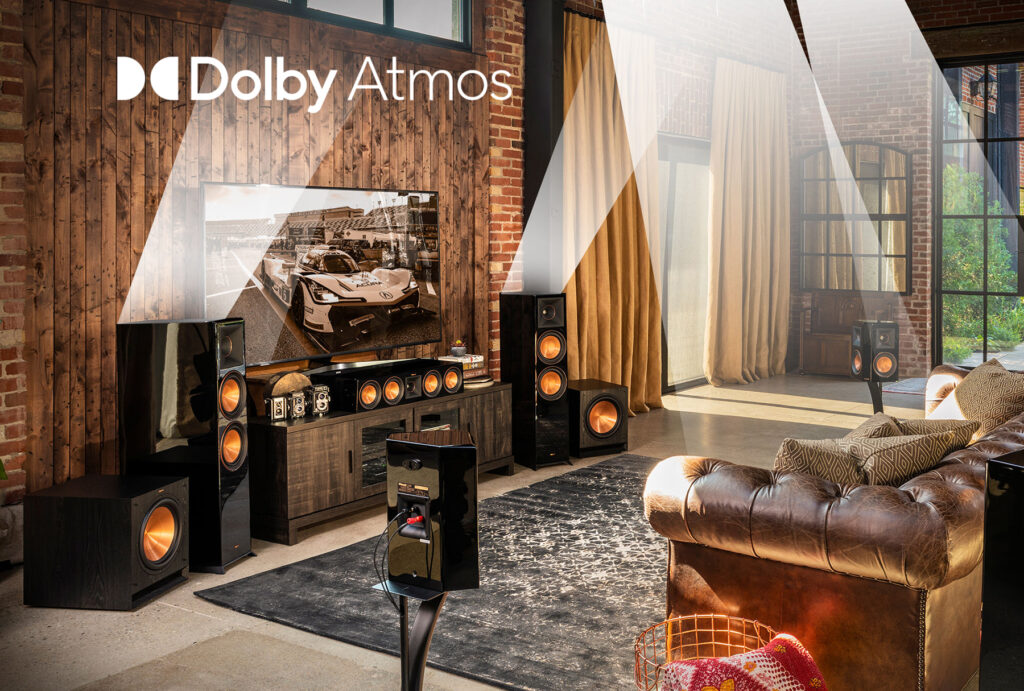
Get fully immersed in your favorite movies or TV shows and feel like you’re right in the middle of the action with Dolby Atmos! Its innovative technology creates a lifelike 3D soundscape by placing sound objects in a 3D space, letting you hear everything as if you’re really there.
It incorporates traditional surround sound speakers and adds height channels, which offer new dimensions to the immersive experience. With overhead speakers, raindrops falling from above or helicopters flying overhead sound incredibly realistic, creating an unforgettable experience.
Speaker placement is key if you want to have an accurate and lifelike soundstage. Dolby Atmos makes everything sound incredible and transports you into the world on screen, delivering a truly unbeatable viewing experience.
How DTS:X Works

If you’re looking for an immersive audio experience that goes beyond traditional surround sound, DTS:X might be just what you need. This technology works by placing sound objects in a three-dimensional space around the listener, allowing for a more realistic and dynamic soundstage.
Here are four key features of DTS:X that make it stand out:
- Flexible speaker placement: Unlike traditional surround sound setups requiring specific speaker placement for optimal performance, DTS:X can adapt to any home theater setup and still deliver an immersive experience.
- Sound objects: With DTS:X, each individual sound is treated as an object that can be placed anywhere in the room, creating a more natural and lifelike soundscape.
- Immersive experience: Using height channels and object-based audio processing, DTS:X creates a truly enveloping audio experience that makes you feel right in the middle of the action.
- Advanced audio processing: DTS:X uses advanced algorithms to analyze and process incoming audio signals in real time, ensuring that every detail is captured accurately and delivered precisely.
Overall, if you want to take your home theater audio to the next level, DTS:X is definitely worth considering.
Differences Between Dolby Atmos and DTS:X
Are you ready for a showdown between two epic audio technologies that offer unparalleled home theater experiences? Let’s set the stage!
Meet Dolby Atmos and DTS:X, two next-level sound formats that immerse you in a 3D audio environment. But wait, there’s more! These two titans also have key differences that set them apart.
Dolby Atmos is a champ in terms of compatibility with different devices and systems, making it impressively user-friendly. Meanwhile, DTS:X offers unbeatable flexibility in speaker placement and transitions between speakers.
Don’t worry about pricing, both formats are similarly priced, but some extra equipment and upgrades may be needed for installation.
In the end, the choice between these two cutting-edge technologies will depend on your individual preferences and your home theater setup – so choose wisely and enjoy the ride!
Choosing the Right Audio Format for Your Home Theater or Gaming Setup
When it comes to ultimate audio experiences in your home theater or gaming setup, how do you even begin to choose between Dolby Atmos and DTS:X? Don’t worry; we’ve got you covered! Let’s take a closer look.
First things first, let’s talk about audio quality. Both formats offer an immersive sound that really transports you – but some audio aficionados swear Dolby Atmos has slightly better sound. They use object-based sound technology to create super realistic soundscapes that make every sound pop!
Compatibility is another thing to consider before you take the plunge and make a purchase. If you’re like most people, you’ll want to make sure your new audio format is compatible with your existing gear. And if you’ve already got a device that only supports one format or the other, that makes the decision easier!
Now, let’s talk installation. Depending on your setup, you may need to tweak or adjust a few things to get everything humming along together smoothly. If you’re not exactly a tech wizard or you cringe at the thought of installing extra hardware, you might want to factor that in too.
What about the cost? Upgrading to either of these premium audio formats can be a little pricey compared to regular surround sound setups. But hey, if you’re going for the ultimate audio experience, why not go all the way?
And finally, there’s user experience. We all have different preferences when it comes to how we like our sound delivered – so make sure to choose the audio format that gives you exactly what you want.
Ultimately, Dolby Atmos and DTS:X are excellent choices for anyone looking to achieve an immersive audio experience in their home theater or gaming space. So which one will it be?
Final Thoughts
Now that you’ve considered all the factors involved in choosing the right audio format for your home theater or gaming setup, it’s time to make a decision that will provide you with an immersive and satisfying listening experience.
When it comes to surround sound, two of the most popular options are Dolby Atmos and DTS:X. Both formats offer benefits and drawbacks depending on your preferences and setup. Here are some considerations to keep in mind when implementing either format:
- Benefits of Dolby Atmos: provides a more precise 3D soundstage, includes overhead speakers for a more immersive experience, has widespread industry support
- Drawbacks of Dolby Atmos: requires additional speakers and equipment for optimal performance, and may not work well with certain room configurations
- Benefits of DTS:X: offers flexibility in speaker placement, can be adapted to different room sizes and shapes, includes object-based audio for dynamic sound effects
- Drawbacks of DTS:X: currently has less market penetration than Dolby Atmos, may not be supported by all devices
- Implementation considerations: both formats require compatible hardware (such as receivers or soundbars) and content (such as Blu-ray discs or streaming services), and may require professional installation for optimal performance
Overall, user preferences will ultimately determine which format is best suited for their needs. It’s important to do research and consider all options before making a decision. With either choice, however, users can expect an elevated listening experience compared to traditional stereo audio setups.

